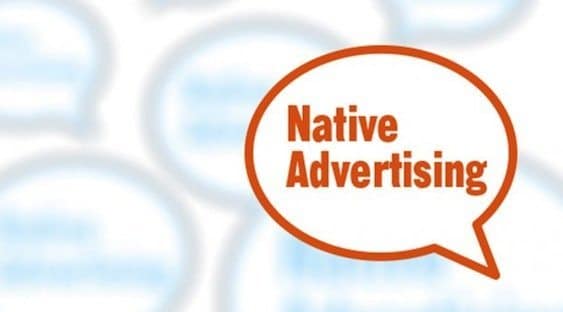Business
Native Advertising Comes to eCommerce
July 16, 2014

If digital publishers thought they had native advertising all to themselves, they may want to think again.
Some of the world’s biggest ecommerce sites are getting in the native game, courtesy of a partnership between native ad-tech company TripleLift, and BazaarVoice, a technology company that powers ecommerce reviews and owns an ecommerce-focused ad business as well.
“The last bastion of major web companies is now embracing native, and that group is the largest ecommerce companies in the world,” said Ari Lewine, TripleLift’s co-founder and chief strategy officer.
The ads will run on a number of websites belonging to BazaarVoice clients. The company works with some of the globe’s most sizable online retailers, including Kmart, OfficeMax and Overstock.com. TripleLift’s ads will take the form of the content of the sites, blending in with their tiled layouts. When clicked, the ads will bring consumers to a web page of the advertisers’ choosing.
“We’ve seen every category from insurance to CPG, travel to automotive — brands across all of these industries are trying to influence people while they are exploring, researching, or selecting a product or service,” said Josh Wetzel, general manager of Bazaarvoice Media. “They’re also looking to shift away from traditional banner ads in favor of a more native look.”
The ads can be especially effective for promoting products in the categories people are shopping for, Mr. Lewine said. “The idea is to influence the consumer when they have their wallet out,” he said. “And if people are willing to pay a significant premium for that, it can be a lucrative business.”
As an example, Mr. Lewine said when a consumer visits a product page for cameras, an ad for Canon could be surfaced.
Sharing Native Dollars
In recent years, native has emerged as a savior of sorts in the eyes of many digital publishers — a medium with the potential to garner ad dollars that have been held offline due to the banner ad’s limitations. But native ads on ecommerce websites can potentially be more attractive than publisher inventory due to their proximity to the point of purchase.
Sixty percent of digital ads dollars are spent on direct response, according to eMarketer.
Mr. Lewine said publishers shouldn’t feel threatened by ecommerce’s adoption of native though, citing differences in the ads’ focus. “A lot of the publisher-driven native ad dollars are packaged with content creation,” he said. “And a lot of the custom things from ecommerce are merchandising or placement focused. So they’re in different genres.”
It may seem odd that ecommerce companies are willing to sell ad space on their websites in the first place. But it’s a way for them to see revenue from every visitor, not just some, according to Mr. Lewine.
“This gives them a means to monetize each visit whereas if you rely entirely on ecommerce you may only monetize three or four percent of visits,” he said.
What’s more, with little cost associated with creating the content the ads run next to, the revenue for ecommerce companies is almost entirely incremental, said Mr. Lewine. “It’s pure gravy,” he said.
—
This post originally appeared on AdAge.com, 07-11-2014, copyright Crain Communications Inc. 2013
![]()
The State of Brand Loyalty in the U.S. in 2023
Related



